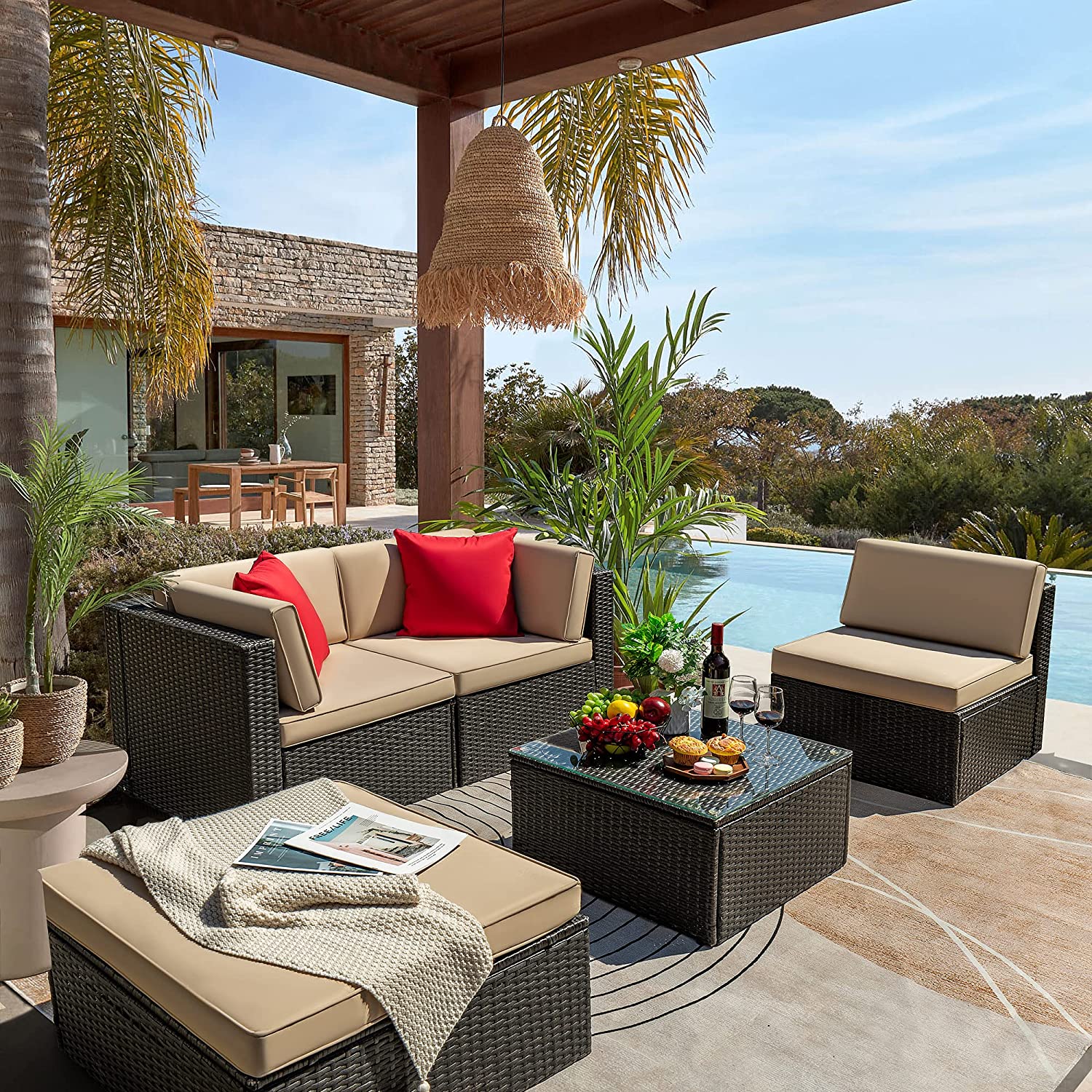

Articles
What Is Rattan Furniture
Modified: January 6, 2024
Explore the elegance and durability of rattan furniture. Discover the beauty and versatility of this natural material for your home decor. Enhance your space with stunning furniture pieces.
(Many of the links in this article redirect to a specific reviewed product. Your purchase of these products through affiliate links helps to generate commission for Storables.com, at no extra cost. Learn more)
Introduction
Furniture plays a crucial role in our daily lives, providing us with comfort, functionality, and style. When it comes to choosing furniture for our homes or outdoor spaces, we are often spoiled for choice with numerous options available. One such popular and versatile choice is rattan furniture. Rattan furniture offers a unique combination of natural beauty, durability, and eco-friendliness that sets it apart from other materials.
In this article, we will delve into the world of rattan furniture, exploring its definition, history, characteristics, advantages, and disadvantages. We will also discuss how to maintain rattan furniture and popular types of rattan furniture. Finally, we will provide tips on decorating with rattan furniture, so you can create a stylish and inviting space in your home.
So, whether you’re a furniture enthusiast or just curious about rattan, let’s dive in and discover the beauty and functionality that rattan furniture has to offer. Let’s explore what makes rattan furniture such a popular choice for both indoor and outdoor spaces.
Key Takeaways:
- Rattan furniture, with its natural beauty, durability, and eco-friendliness, offers a timeless and sustainable choice for creating inviting and stylish indoor and outdoor spaces. Its versatility and low maintenance make it a practical and attractive option for homeowners and design enthusiasts.
- When decorating with rattan furniture, embrace its natural color palette, mix and match with different materials, and layer textures to create a personalized and inviting space. Whether you prefer a bohemian, coastal, or natural aesthetic, rattan furniture seamlessly integrates into various decor schemes, adding a touch of organic charm and timeless appeal.
Read more: How To Clean Rattan Outdoor Furniture
Definition of Rattan Furniture
Rattan furniture is made from the stems of a vine-like palm called rattan. Rattan is a natural material that grows abundantly in tropical regions, primarily in Southeast Asia, Africa, and Australia. It is known for its flexible and durable qualities, making it an ideal material for furniture construction.
Rattan has been used for furniture making for centuries, with its origins dating back thousands of years. The stems are harvested, cut into smaller sections, and then treated to make them more pliable and resistant to pests. These treated rattan stems are then woven together to create the distinctive designs and structures found in rattan furniture.
Rattan furniture can come in various forms, including chairs, tables, sofas, beds, and storage units. It can be used both indoors and outdoors, adding a touch of natural elegance to any space. The weaving technique used in rattan furniture creates intricate patterns, giving each piece a unique and artistic appeal.
What sets rattan furniture apart from other materials is its eco-friendliness. Rattan is a renewable resource, as the vines regenerate quickly, making it a sustainable choice for furniture production. Additionally, rattan is biodegradable, making it an environmentally responsible option compared to synthetic materials.
Now that we understand the definition and environmental benefits of rattan furniture, let’s explore its fascinating history.
History of Rattan Furniture
Rattan furniture has a rich and fascinating history that can be traced back thousands of years. The use of rattan stems for furniture making dates back to ancient civilizations in Egypt, where pharaohs and nobles adorned their palaces with intricately woven rattan furniture.
In Southeast Asia, particularly in countries like Indonesia, Malaysia, and the Philippines, rattan has been used for centuries to create practical and stylish furniture. The local artisans developed intricate weaving techniques, passed down through generations, to transform rattan stems into beautiful and functional pieces.
During the Victorian era in the 19th century, rattan furniture gained popularity in Europe and North America. It became a symbol of refined taste and exotic luxury. Wealthy individuals decorated their homes with rattan furniture, showcasing its unique craftsmanship and tropical charm.
In the early 20th century, rattan furniture experienced a golden age of popularity. The Art Deco movement embraced the organic shapes and natural aesthetics of rattan, incorporating it into furniture designs. Rattan furniture became a staple in upscale hotels, resorts, and tropical-themed establishments, further increasing its appeal.
Throughout the decades, rattan furniture has remained a beloved choice for both indoor and outdoor settings. Its timeless appeal and ability to blend seamlessly with various design styles have made it a versatile and enduring furniture option.
Today, rattan furniture continues to evolve, combining traditional weaving techniques with modern design sensibilities. Designers are pushing the boundaries of rattan furniture, experimenting with new textures, colors, and shapes, resulting in contemporary and innovative pieces.
The rich history of rattan furniture speaks to its enduring charm and timeless appeal. Let’s now explore the unique characteristics and benefits that make rattan furniture a popular choice.
Characteristics of Rattan Furniture
Rattan furniture possesses a unique set of characteristics that sets it apart from other types of furniture materials. These characteristics contribute to its appeal and popularity among homeowners, interior designers, and outdoor enthusiasts:
- Natural Beauty: Rattan furniture exudes a natural and organic beauty that adds warmth and charm to any space. The intricate weaving patterns showcase the craftsmanship of skilled artisans, creating visually stunning pieces.
- Lightweight and Durable: Despite its lightweight nature, rattan furniture is surprisingly durable and sturdy. The natural fibers of rattan stem provide flexibility and strength, ensuring that the furniture can withstand regular use and fluctuations in temperature.
- Versatility: Rattan furniture can seamlessly blend with various design styles, from bohemian and coastal to modern and rustic. The neutral tones of rattan allow it to complement a wide range of color schemes and decor choices.
- Comfort: Rattan furniture often incorporates cushions or padding, enhancing its comfort level. The woven texture of rattan provides a supportive seating surface, making it an ideal choice for chairs, sofas, and beds.
- Indoor and Outdoor Use: Rattan furniture is versatile enough to be used both indoors and outdoors. Its natural resistance to mildew and humidity makes it an excellent choice for outdoor spaces, such as patios, gardens, and poolside areas.
- Low Maintenance: Unlike many other types of furniture, rattan furniture requires minimal maintenance. Regular dusting and occasional cleaning with a mild soap and water solution are usually sufficient to keep it looking fresh and vibrant.
- Eco-Friendliness: Rattan is a renewable and sustainable material, making it an environmentally friendly choice. Its cultivation and production have less impact on the environment compared to other non-renewable materials.
These inherent characteristics make rattan furniture an attractive and practical option for homeowners and design enthusiasts alike. However, it’s important to consider both the advantages and disadvantages of rattan furniture before making a purchasing decision, which we’ll explore in the next section.
Advantages of Rattan Furniture
Rattan furniture offers a multitude of advantages that make it a popular choice among homeowners, interior designers, and outdoor enthusiasts. Here are some key advantages of rattan furniture:
- Natural and Aesthetically Pleasing: Rattan furniture adds a touch of natural beauty and warmth to any space. The unique weaving patterns and textures create visually appealing pieces that enhance the overall aesthetics of a room or outdoor area.
- Durable and Long-lasting: Rattan furniture is known for its durability and longevity. The natural fibers of rattan stems are strong and flexible, ensuring that the furniture can withstand regular use and resist wear and tear over time.
- Lightweight and Easy to Move: Unlike heavy wooden furniture, rattan furniture is lightweight, making it easy to move and rearrange according to your needs. This feature is especially convenient when you want to refresh the look of your space.
- Versatile and Flexible: Rattan furniture is incredibly versatile and can be used in various settings, whether indoor or outdoor. It complements a wide range of design styles, from traditional to contemporary, and blends seamlessly with different color schemes.
- Comfortable and Supportive: Rattan furniture often incorporates cushions or padding, offering comfortable seating or lounging options. The woven texture of rattan provides excellent support and breathability, ensuring a comfortable experience.
- Sustainable and Eco-friendly: Rattan is a renewable resource that grows abundantly in tropical regions. Harvesting rattan does not harm the environment, and the regrowth rate is fast, making it a sustainable material for furniture production.
- Easy to Maintain: Rattan furniture requires minimal maintenance. Regular dusting and occasional cleaning with a mild soap and water solution are usually sufficient to keep it clean and in good condition.
- Affordable Option: Rattan furniture offers an affordable alternative to other types of furniture materials, especially when compared to solid wood or metal. It allows you to achieve a stylish and elegant look without breaking the bank.
These advantages make rattan furniture a practical, stylish, and eco-friendly choice for both indoor and outdoor spaces. However, it’s also important to consider the potential disadvantages of rattan furniture, which we will explore in the next section.
When shopping for rattan furniture, look for pieces made from high-quality, sustainable rattan that is tightly woven for durability. Check for a smooth finish and sturdy construction to ensure long-lasting use.
Read more: How To Protect Outdoor Rattan Furniture
Disadvantages of Rattan Furniture
While rattan furniture offers numerous advantages, it’s important to consider the potential disadvantages before making a purchasing decision. Here are some key factors to keep in mind:
- Vulnerable to Moisture: Rattan furniture is susceptible to damage when exposed to excessive moisture. Prolonged exposure to rain or high humidity levels can cause the rattan to weaken, warp, or even mold. It’s important to protect rattan furniture from such conditions or opt for synthetic rattan for outdoor use.
- Requires Careful Handling: Despite its durability, rattan furniture should be handled with care. Dropping or mishandling can lead to damage, such as loose wicker strands or breaks in the weaving. Regular maintenance and gentle handling are necessary to preserve the longevity of rattan furniture.
- Not Suitable for Heavy Use: While rattan furniture is generally durable, it may not be ideal for heavy use, such as in high-traffic areas or households with young children or pets. Regular rough usage may cause the weaving to loosen or break, affecting the overall structural integrity of the furniture.
- Limited Color Options: Rattan furniture is typically available in natural tones like beige, brown, or gray. If you prefer a wider range of color options, you may need to consider painting or staining the furniture. However, it’s important to note that altering the color may affect the natural beauty and charm of rattan.
- Susceptible to Sunlight Fading: Prolonged exposure to direct sunlight can cause the color of rattan furniture to fade over time. If using rattan furniture outdoors, it’s recommended to provide adequate shade or use protective covers when not in use to minimize sun damage.
- May Require Cushion Maintenance: While cushions add comfort to rattan furniture, they may require regular maintenance. Depending on the materials used, cushions may be prone to staining or fading and may need periodic cleaning or replacement.
- Not Resistant to Harsh Cleaning Chemicals: When cleaning rattan furniture, it’s important to avoid using harsh cleaning chemicals or abrasive materials, as they can damage the natural fibers. It’s best to stick to mild soap and water solutions and gentle cleaning methods.
Understanding these potential disadvantages will help you make an informed decision when considering rattan furniture. With proper care and maintenance, you can enjoy the beauty and functionality of rattan furniture for years to come.
Maintenance of Rattan Furniture
Rattan furniture, like any other type of furniture, requires regular maintenance to ensure its longevity and keep it looking its best. By following some simple care guidelines, you can preserve the natural beauty of rattan furniture for years to come:
- Dusting: Regularly dust your rattan furniture using a soft cloth or a brush with soft bristles. This helps to remove any surface dirt or debris and prevents it from settling into the weaving.
- Gentle Cleaning: Occasionally, you may need to give your rattan furniture a deeper clean. Mix a small amount of mild soap or detergent with water to create a gentle cleaning solution. Dip a soft cloth or sponge into the solution and gently scrub the rattan surface. Be sure to wring out the cloth or sponge well to avoid oversaturating the rattan, which can cause damage.
- Avoid Harsh Chemicals: Avoid using harsh cleaning chemicals or abrasive materials as they can damage the natural fibers of rattan. Stick to mild soap and water solutions or opt for specialized rattan cleaners available in the market.
- Drying: After cleaning, ensure that the rattan furniture is thoroughly dried. Wipe away any excess moisture with a clean, dry cloth, and place the furniture in a well-ventilated area to air dry completely. Avoid placing wet cushions or pillows directly on the rattan surface.
- Sun Protection: Prolonged exposure to direct sunlight can cause rattan furniture to fade and weaken over time. To protect your furniture from sun damage, it’s best to position it in areas away from direct sunlight or use curtains, blinds, or shade sails to provide shade when needed. Additionally, consider using UV-protective covers when the furniture is not in use.
- Keep Away From Humidity: Rattan furniture is vulnerable to moisture and humidity, which can cause it to warp or even develop mold. Avoid placing rattan furniture in areas with excessive moisture, such as bathrooms or damp basements. Use dehumidifiers or moisture-absorbing products to maintain a dry environment.
- Cushion Care: If your rattan furniture has cushions, follow the care instructions provided by the manufacturer. Cushions may have specific cleaning requirements or may need periodic replacement to maintain their appearance and comfort.
- Protective Covers: If you are not using the rattan furniture regularly or during the offseason, consider using protective covers to shield it from dust, dirt, and environmental elements. Ensure that the covers are breathable to prevent moisture buildup.
By following these maintenance tips, you can ensure that your rattan furniture remains in excellent condition and continues to be a beautiful addition to your home or outdoor space.
Popular Types of Rattan Furniture
Rattan furniture comes in a wide array of styles and designs, catering to different needs and preferences. Here are some popular types of rattan furniture:
- Rattan Chairs: Rattan chairs are versatile and can be used in various settings. From dining chairs to accent chairs, they add a touch of natural elegance to any space.
- Rattan Sofas and Sectionals: Rattan sofas and sectionals provide comfortable seating options for living rooms, conservatories, or outdoor lounges. With their woven texture and plush cushions, they create a cozy and inviting atmosphere.
- Rattan Dining Sets: Rattan dining sets are a popular choice for creating a relaxed and stylish dining area. They often feature a rattan table accompanied by rattan chairs, providing a cohesive and charming look.
- Rattan Beds: Rattan beds add a touch of tropical flair to bedrooms. Whether in a traditional or contemporary design, rattan beds create an inviting and cozy sleeping space.
- Rattan Patio Furniture: Rattan patio furniture allows you to create an outdoor oasis. From rattan lounge chairs and sofas to dining sets and daybeds, they provide comfortable and stylish options for outdoor relaxation and entertaining.
- Rattan Bar Stools: Rattan bar stools are perfect for adding a touch of rustic charm to kitchen islands or home bars. Their natural texture and durability make them a popular choice for both indoor and outdoor bar areas.
- Rattan Storage Units: Rattan storage units, such as baskets and storage chests, combine functionality with aesthetic appeal. They provide practical storage solutions while adding a touch of natural warmth to any room.
- Rattan Swing Chairs: Rattan swing chairs are a trendy addition to any outdoor or indoor space. They create a cozy spot for relaxation and are often adorned with plush cushions for added comfort.
These are just a few examples of the popular types of rattan furniture available. With a wide variety of designs, sizes, and finishes, you can find rattan furniture to suit your personal style and enhance the ambiance of your home.
Decorating with Rattan Furniture
Rattan furniture not only provides functionality but also adds a touch of natural beauty and warmth to any space. Here are some tips for decorating with rattan furniture:
- Mix and Match: Rattan furniture blends well with different materials and styles. Create an eclectic look by combining rattan pieces with upholstered furniture, metal accents, or wooden elements. This mix of textures and materials adds visual interest and depth to your space.
- Natural Color Palette: Rattan furniture often comes in natural tones like beige, brown, or gray. Embrace these neutral hues by incorporating a natural color palette in your overall decor scheme. Use earthy tones, such as warm browns, greens, and cream, to create a harmonious and calming atmosphere.
- Layer Textures: Pair rattan furniture with textiles and textures to create a cozy and inviting space. Add cushions, throws, or rugs with interesting patterns, such as geometric or tribal designs, to enhance visual appeal and provide extra comfort.
- Indoor Greenery: Combine the natural vibes of rattan furniture with indoor plants. Place potted plants on side tables, hang them near rattan shelves, or create a mini garden corner with a rattan bench. The combination of plants and rattan enhances the organic and tropical feel of your space.
- Statement Pieces: Incorporate a standout rattan piece as a focal point in your room. For example, a rattan hanging chair or a large rattan mirror can create a striking visual impact and give your space a unique charm.
- Outdoor Oasis: Take advantage of rattan’s durability and weather-resistant qualities by creating an outdoor oasis. Pair a rattan dining set with outdoor cushions and patio umbrellas for alfresco dining. Use rattan lounge chairs with comfortable outdoor cushions for a cozy relaxation area.
- Bohemian Accents: Rattan furniture goes hand in hand with bohemian or tropical decor styles. Add bohemian accents, like macrame wall hangings, colorful rugs, or rattan pendant lights, to create a vibrant and laid-back atmosphere.
- Coastal Vibes: Rattan furniture complements coastal or beach-inspired decor effortlessly. Combine rattan pieces with light blues, whites, and sandy tones. Add nautical-inspired elements like seashells, rope details, or coral prints to complete the coastal look.
Whether you prefer a bohemian, coastal, or natural aesthetic, rattan furniture can be a versatile addition to your decor. Its organic charm and timeless appeal make it a popular choice for creating inviting and stylish spaces both indoors and outdoors.
Read more: 50 Best Rattan Furniture For Tropical Feels
Conclusion
Rattan furniture is a stylish and versatile choice for creating inviting and natural spaces in both indoor and outdoor settings. With its unique characteristics and eco-friendly qualities, rattan furniture has become increasingly popular among homeowners, interior designers, and outdoor enthusiasts.
From chairs and sofas to dining sets and storage units, rattan furniture offers a wide range of options to suit various needs and preferences. Its natural beauty, lightweight yet durable nature, and ability to blend seamlessly with different design styles contribute to its timeless appeal.
While rattan furniture brings numerous advantages, such as its sustainable nature, comfort, and affordability, it’s important to consider its potential drawbacks, such as vulnerability to moisture and limited color options. By understanding these factors, you can make an informed decision when incorporating rattan furniture into your space.
Proper maintenance is key to preserving the beauty and longevity of rattan furniture. Regular dusting, gentle cleaning, and protection from excessive sunlight and moisture ensure that your rattan furniture remains in excellent condition for years to come.
When it comes to decorating with rattan furniture, the possibilities are endless. Mix and match with different materials, layer textures, and embrace a natural color palette to create a personalized and inviting space. Whether you prefer a bohemian, coastal, or natural aesthetic, rattan furniture can seamlessly integrate into your decor scheme.
In conclusion, rattan furniture is a timeless and sustainable choice that brings a touch of natural elegance to any space. Its versatility, durability, and aesthetic appeal make it a popular option for those seeking a unique and eco-friendly furniture solution. So, why not bring a piece of nature into your home with rattan furniture?
Frequently Asked Questions about What Is Rattan Furniture
Was this page helpful?
At Storables.com, we guarantee accurate and reliable information. Our content, validated by Expert Board Contributors, is crafted following stringent Editorial Policies. We're committed to providing you with well-researched, expert-backed insights for all your informational needs.
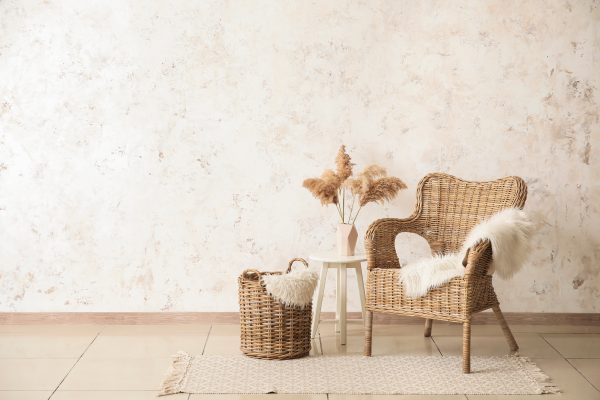
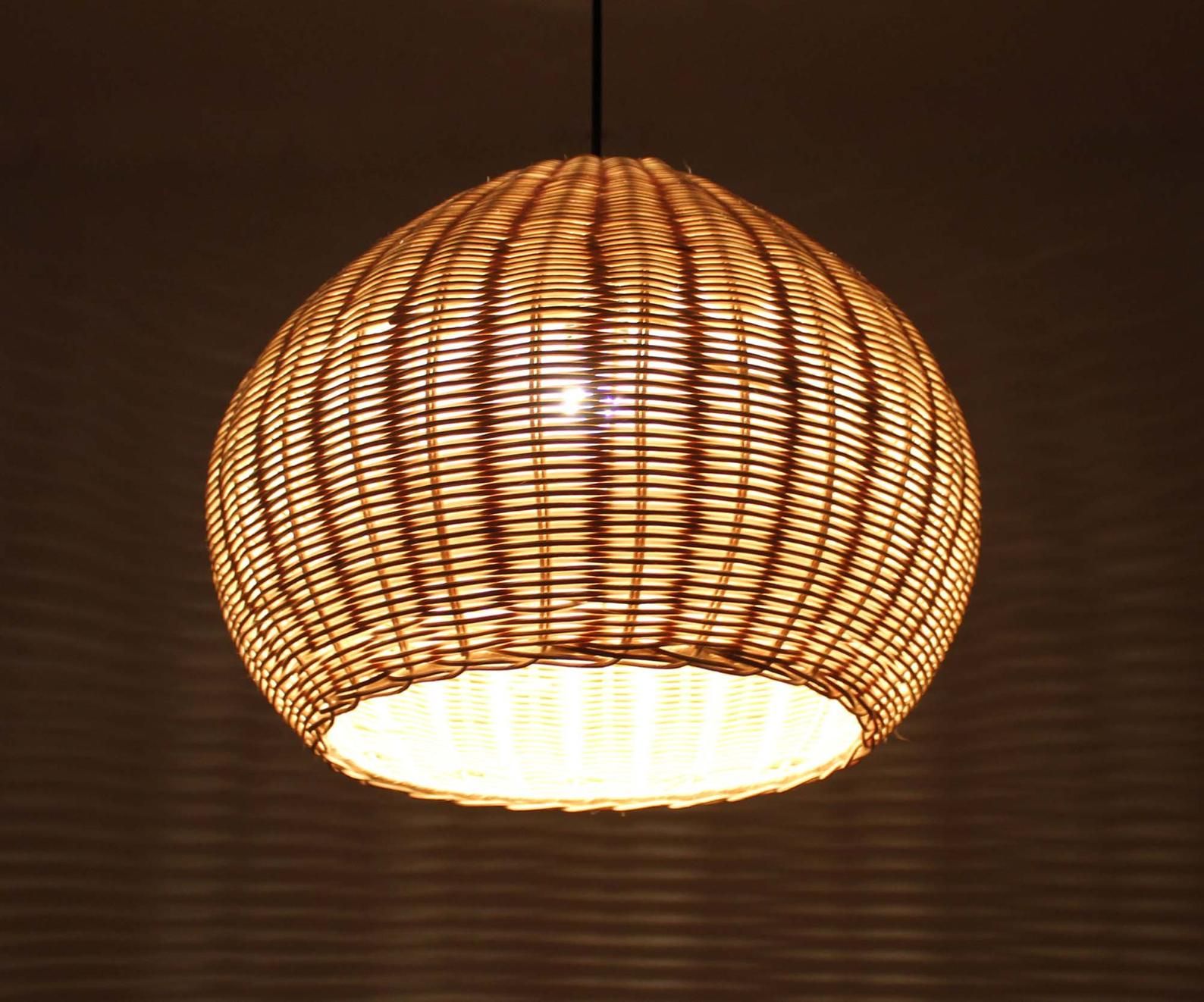
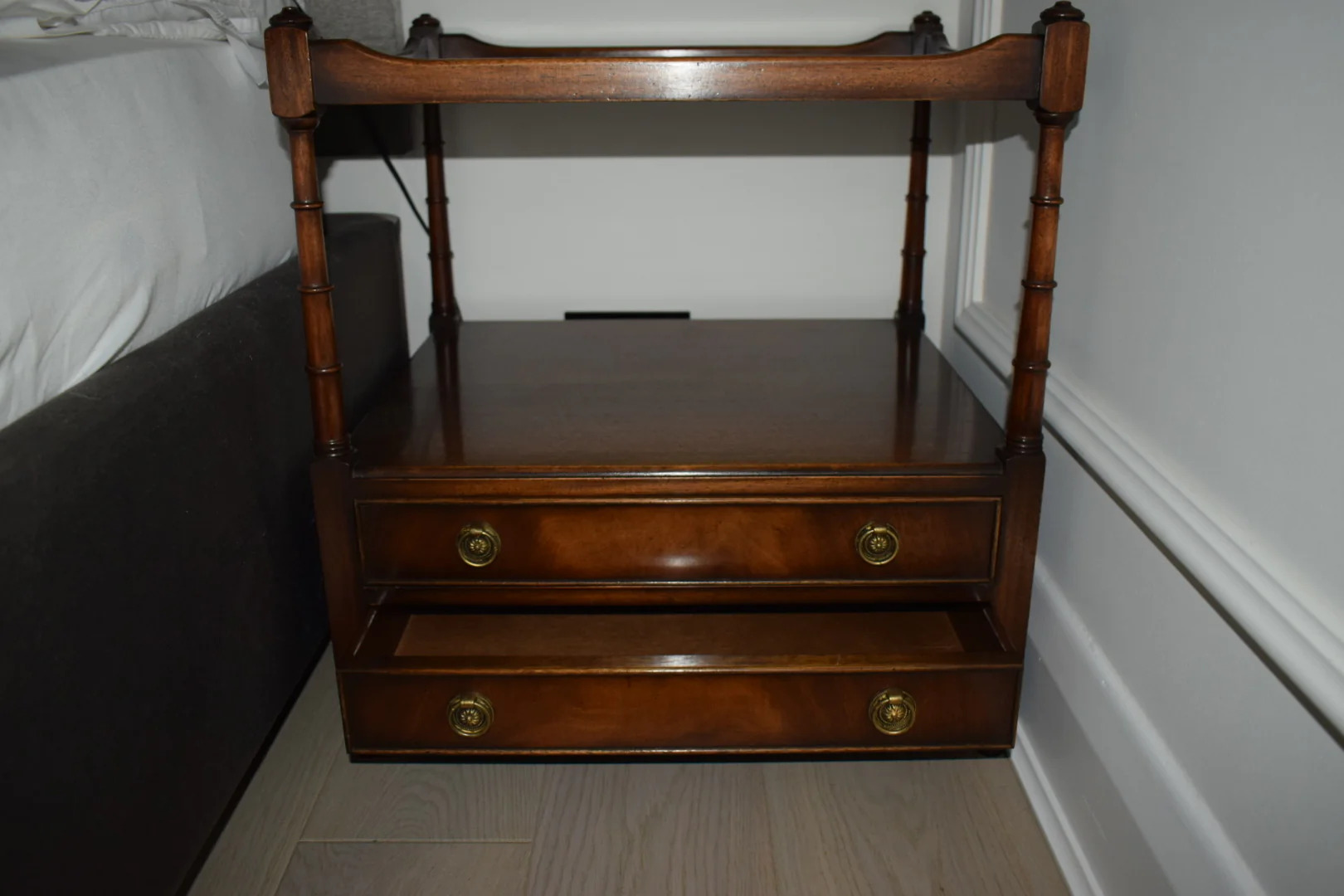
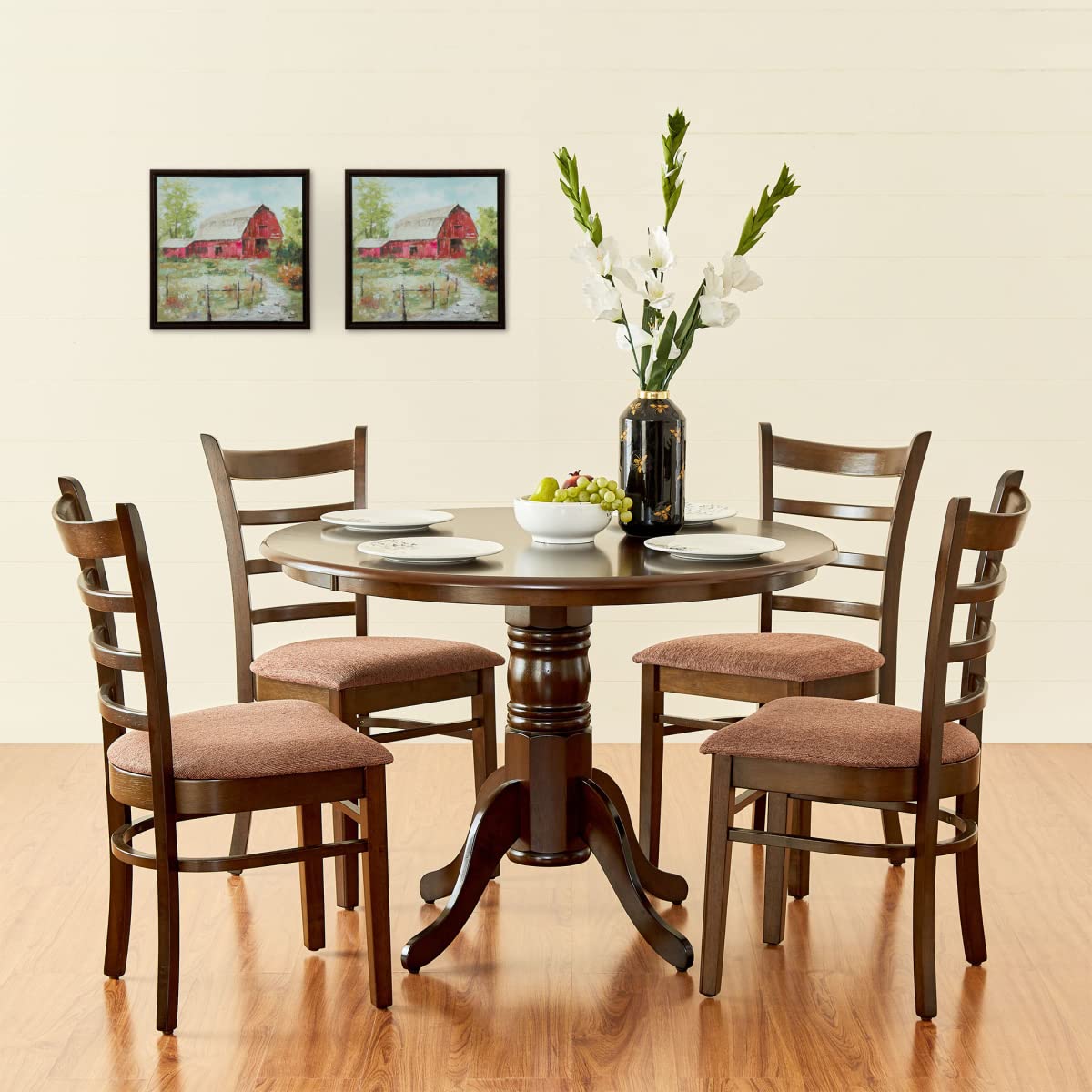
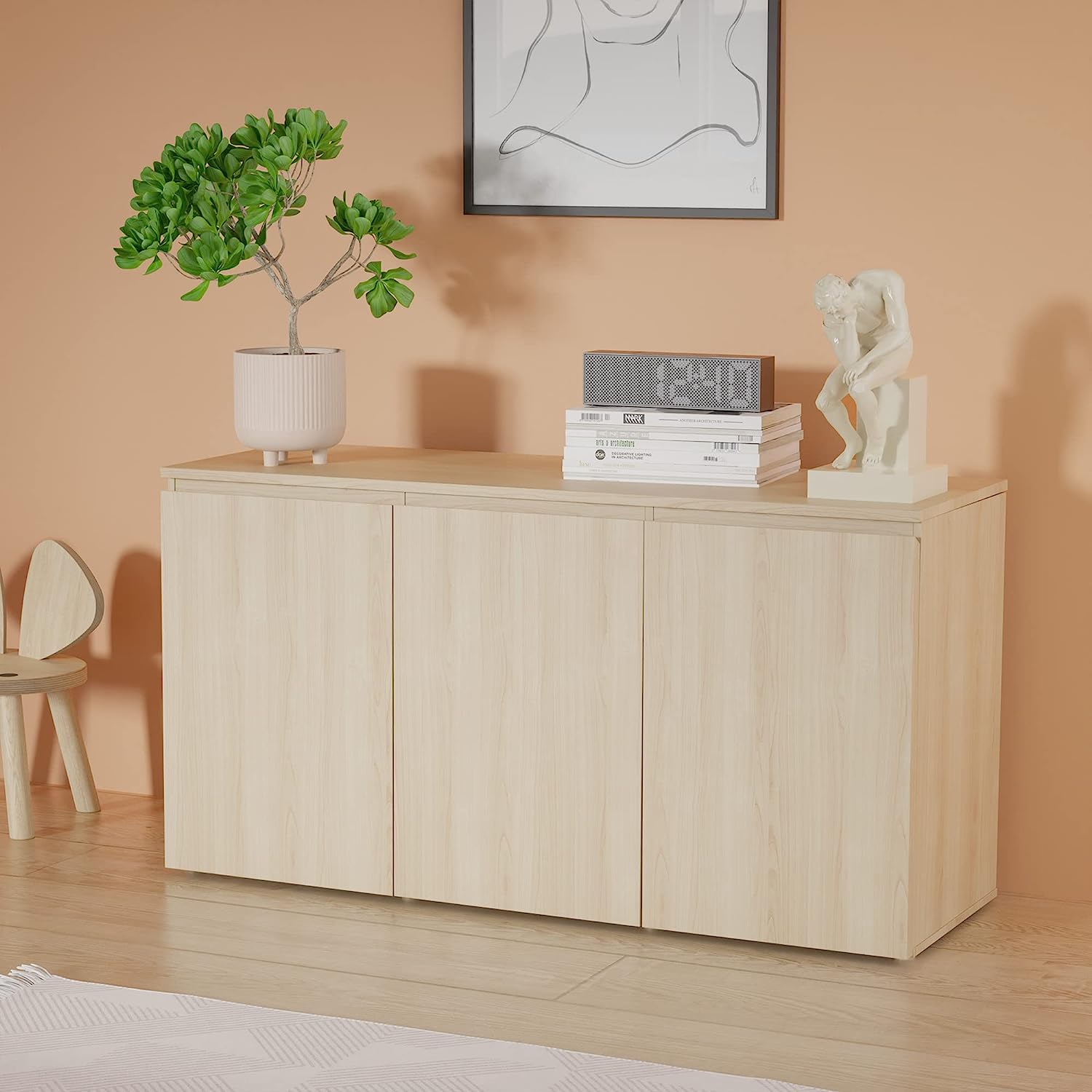
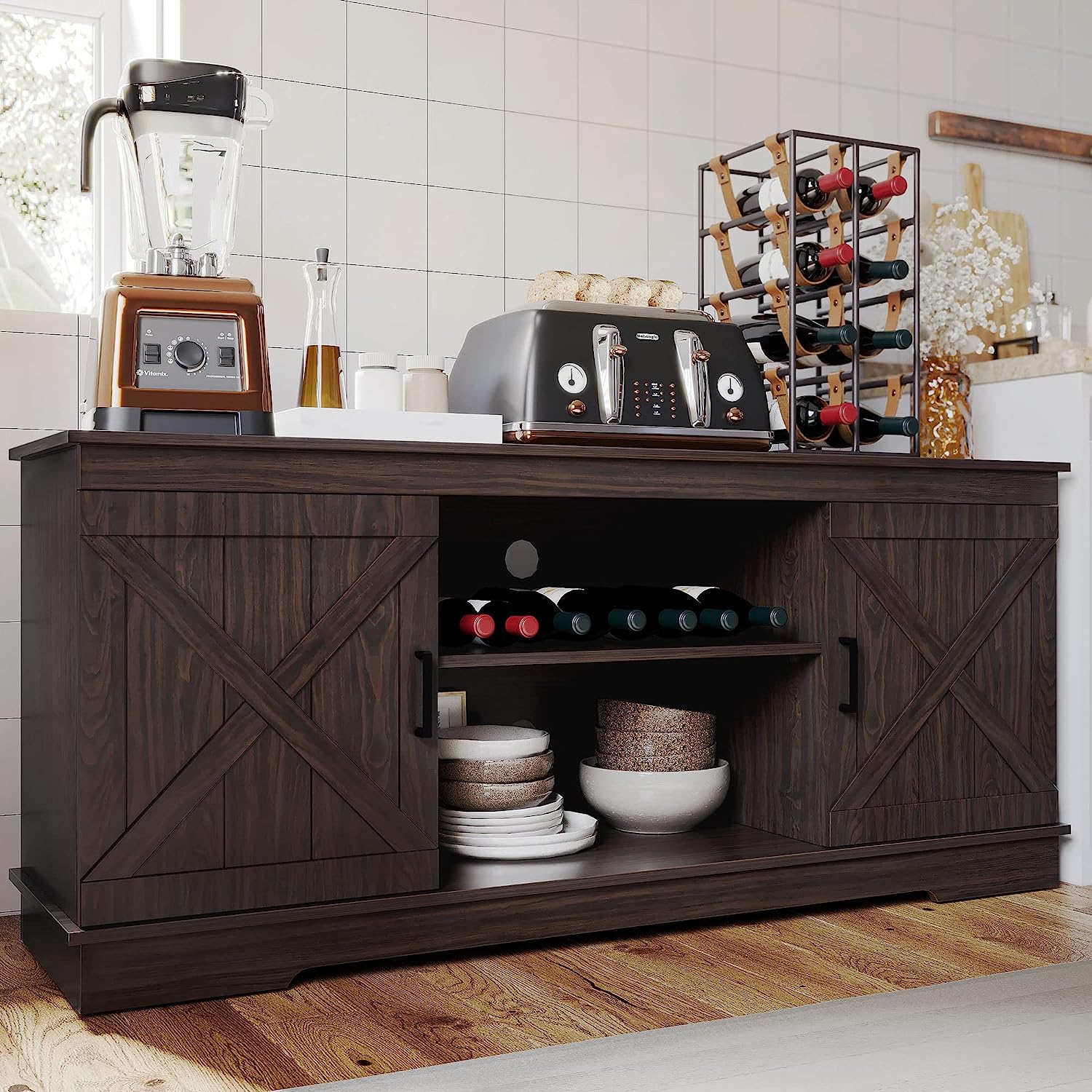
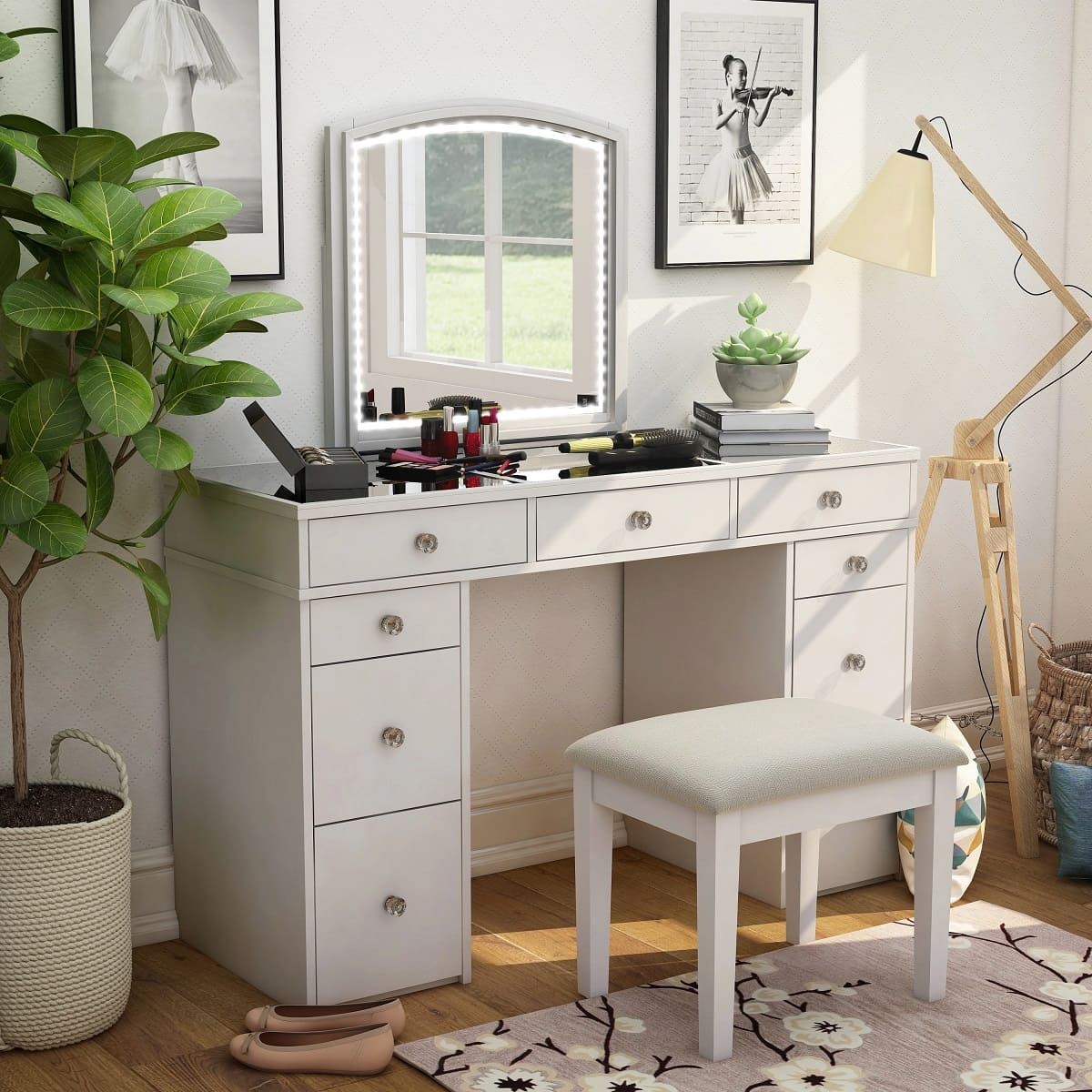

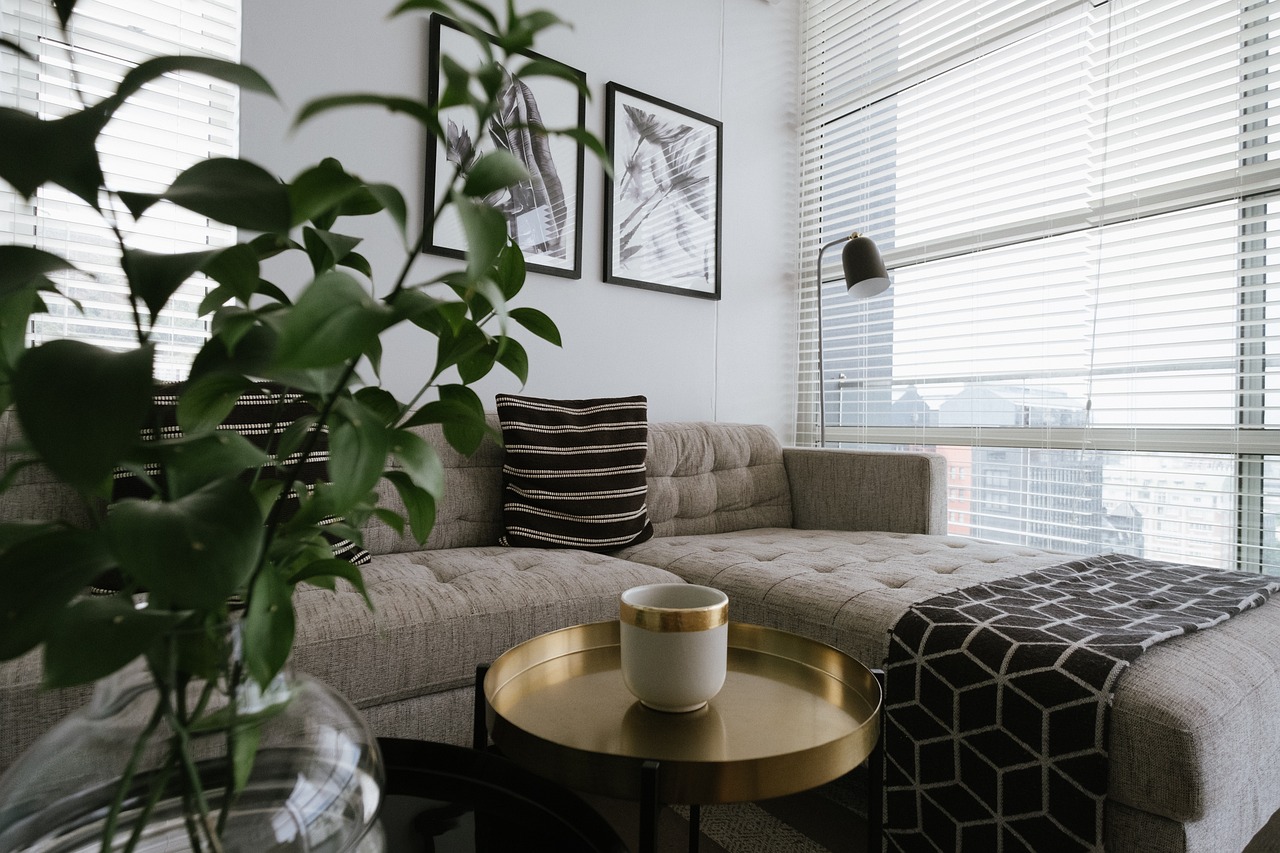
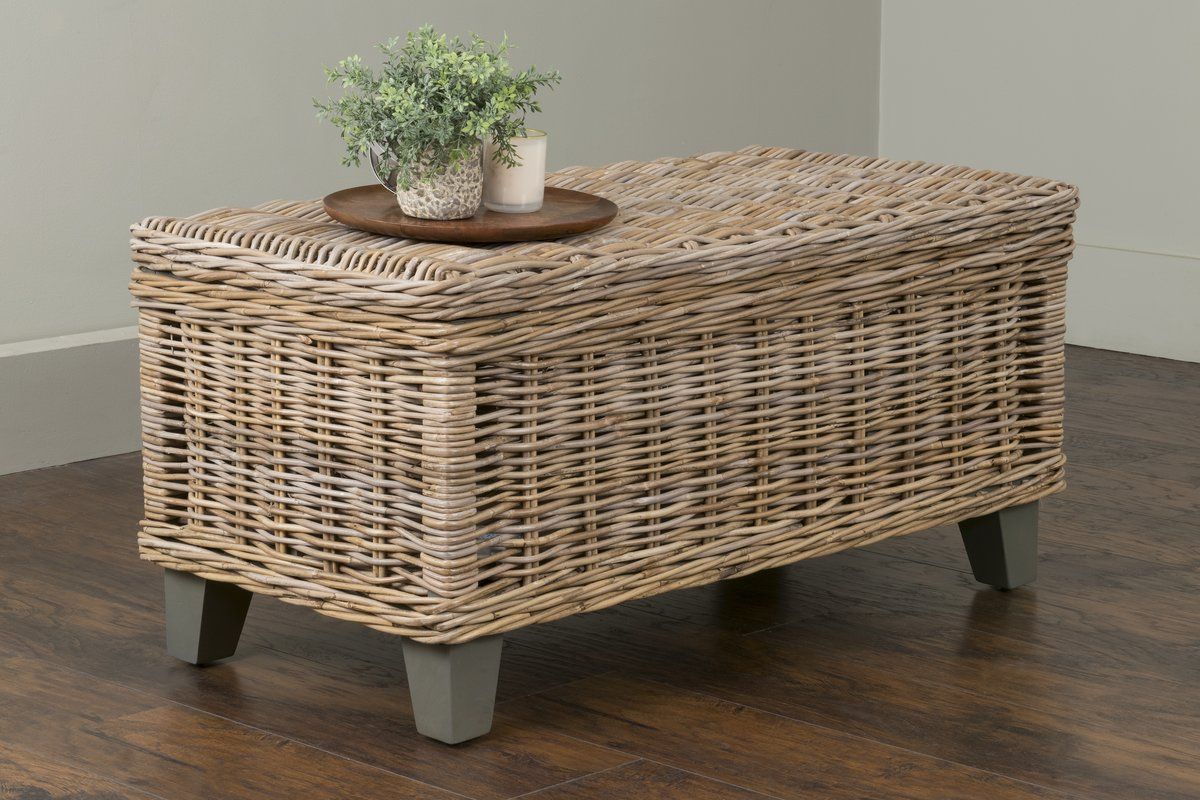
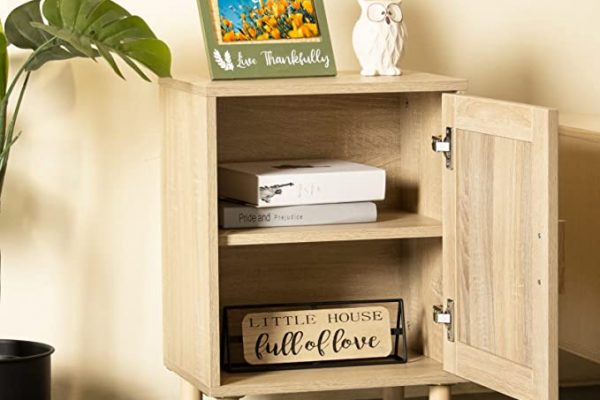
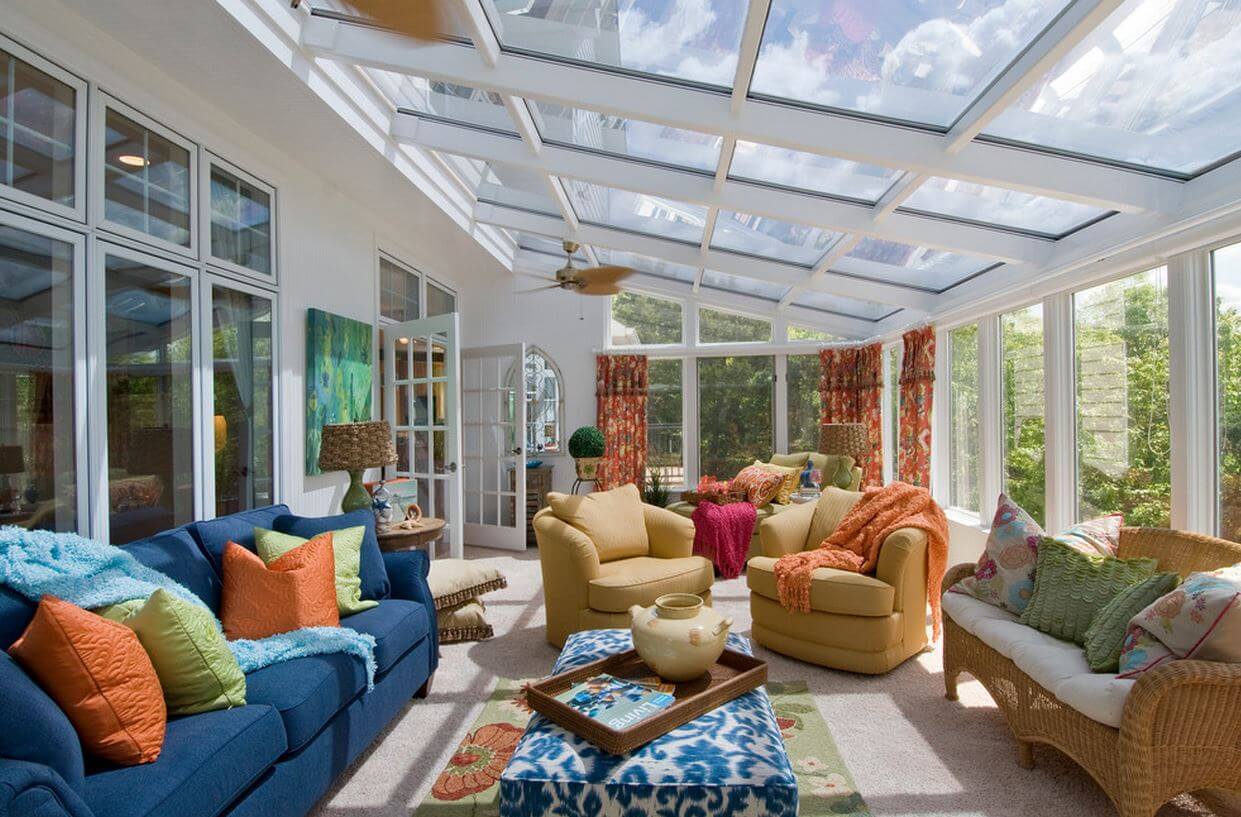


0 thoughts on “What Is Rattan Furniture”